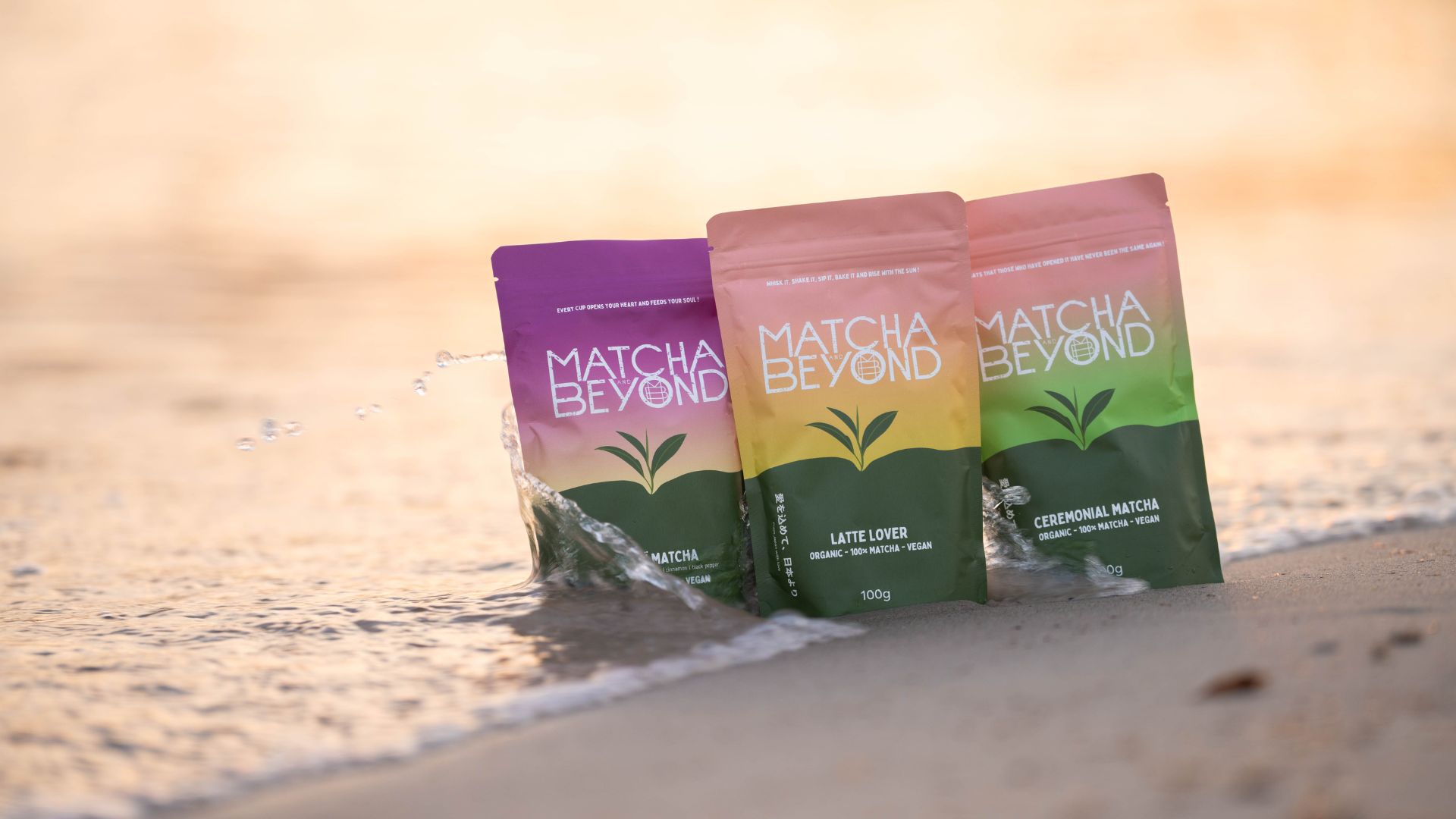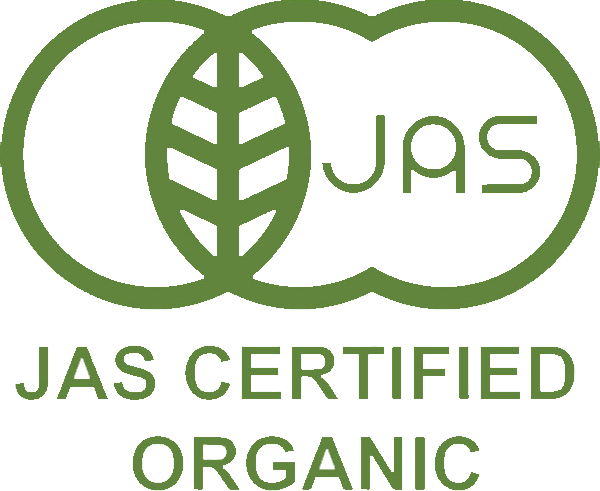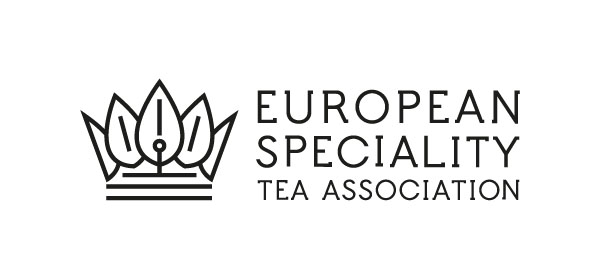How it all started
The founder, Olivia Nottin, is a nutritional therapist passionate about food. It was while she was helping her clients on their journey towards healthier eating habits, that she noticed their overconsumption of coffee and sugar-loaded lattes were particularly detrimental to their overall goal. Olivia recognised many couldn’t cut down on their habitual lattes and after discovering matcha, she felt it was the perfect alternative, with a very delicate taste, texture and many health benefits.
Olivia is matcha obsessed and having searched high and low across London, she realised there was a gap in the market. It was this which provided the inspiration behind Matcha and Beyond and her desire to bring it to a wider and more curious audience.
Between 2017 and 2018 she travelled to the US and Japan to gather some inspiration in order to source the perfect matcha and open a matcha café in London for 2 years which unfortunately closed permanently during the pandemic. She is still importing matcha from Japan and is now concentrating on the retail and wholesale opportunities to continue her mission to bring good matcha into people’s lives and that’s the MATCHA AND BEYOND story.
What is matcha?
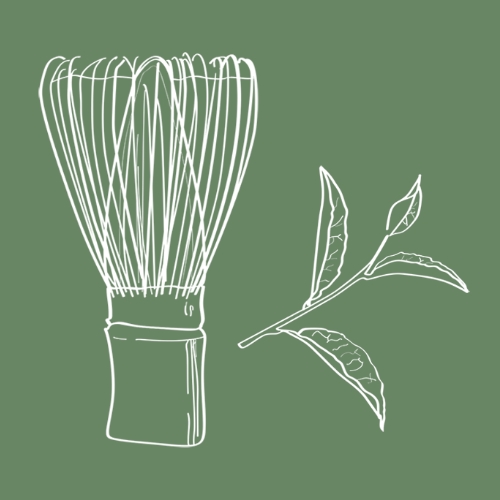


How we select our matcha
With a focus on quality, we hand-select each matcha grades. It takes extra-patient taste buds to find the finest organic matcha. Olivia has spent countless hours sipping through Japan’s most prized tea leaves before selecting the grades she chose for Matcha and Beyond. Each grade is a blend of different cultivar originating from the same organic farm, so each grade will have their own different profile and will be single origin made with 100% tea leaves.
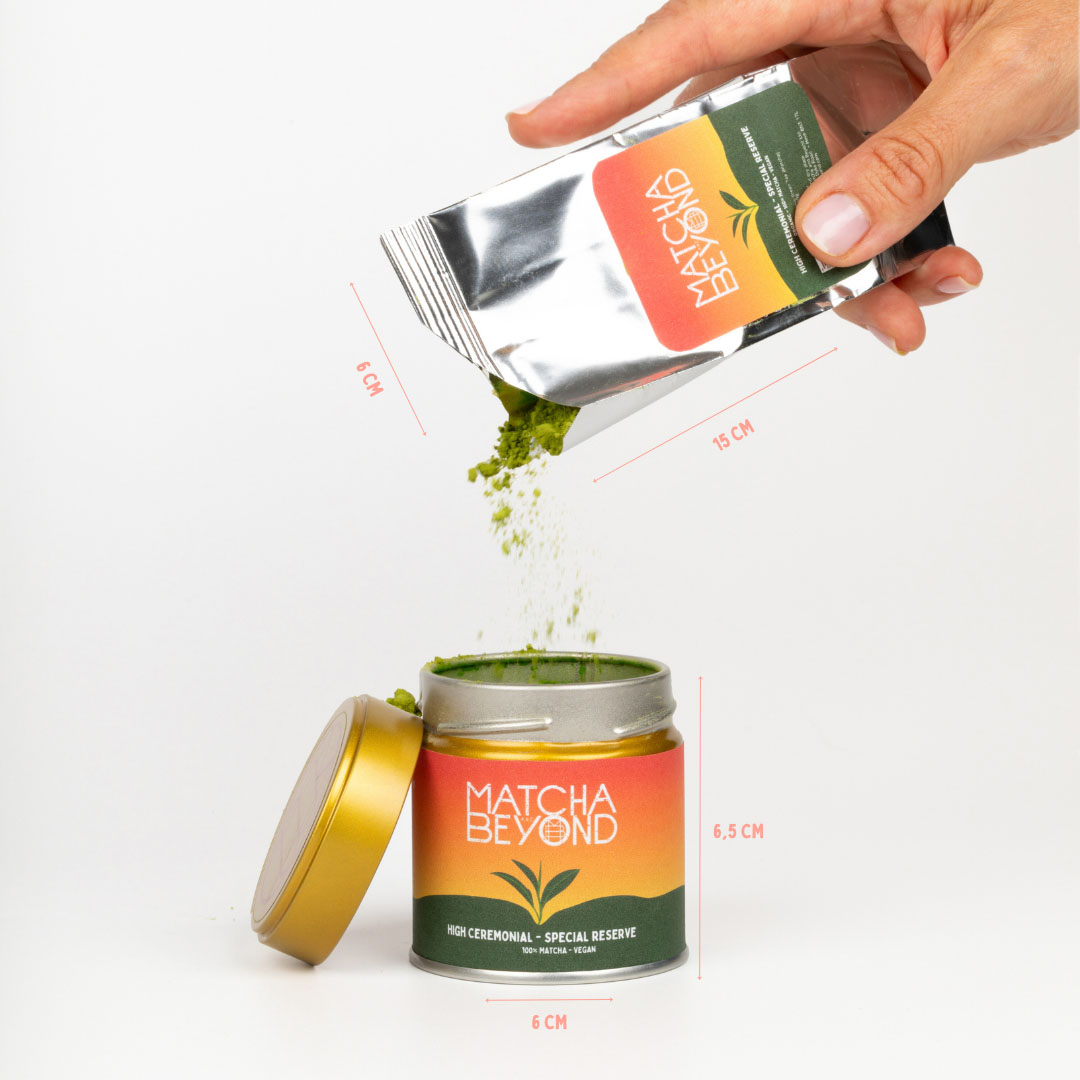
Going greener than matcha
As part of our values, we work with farmers that are registered with the Rainforest Alliance and observe sustainable agricultural practices.
Matcha being a fragile tea, we are unable to pack matcha in compostable packaging. To preserve freshness, we pack the matcha powder in oxygen free aluminium tins. However, we are now offering refill pouches for the tins.

